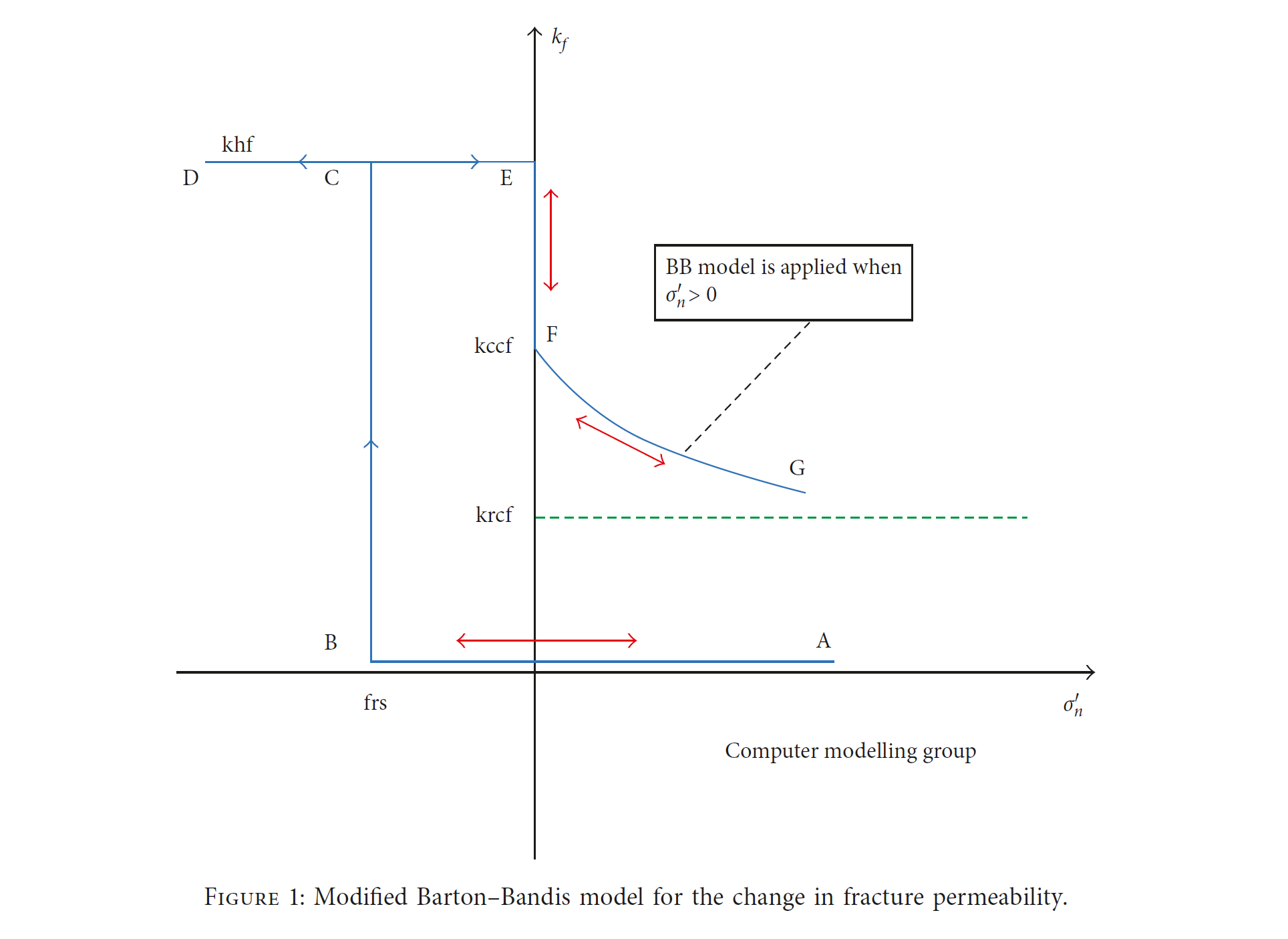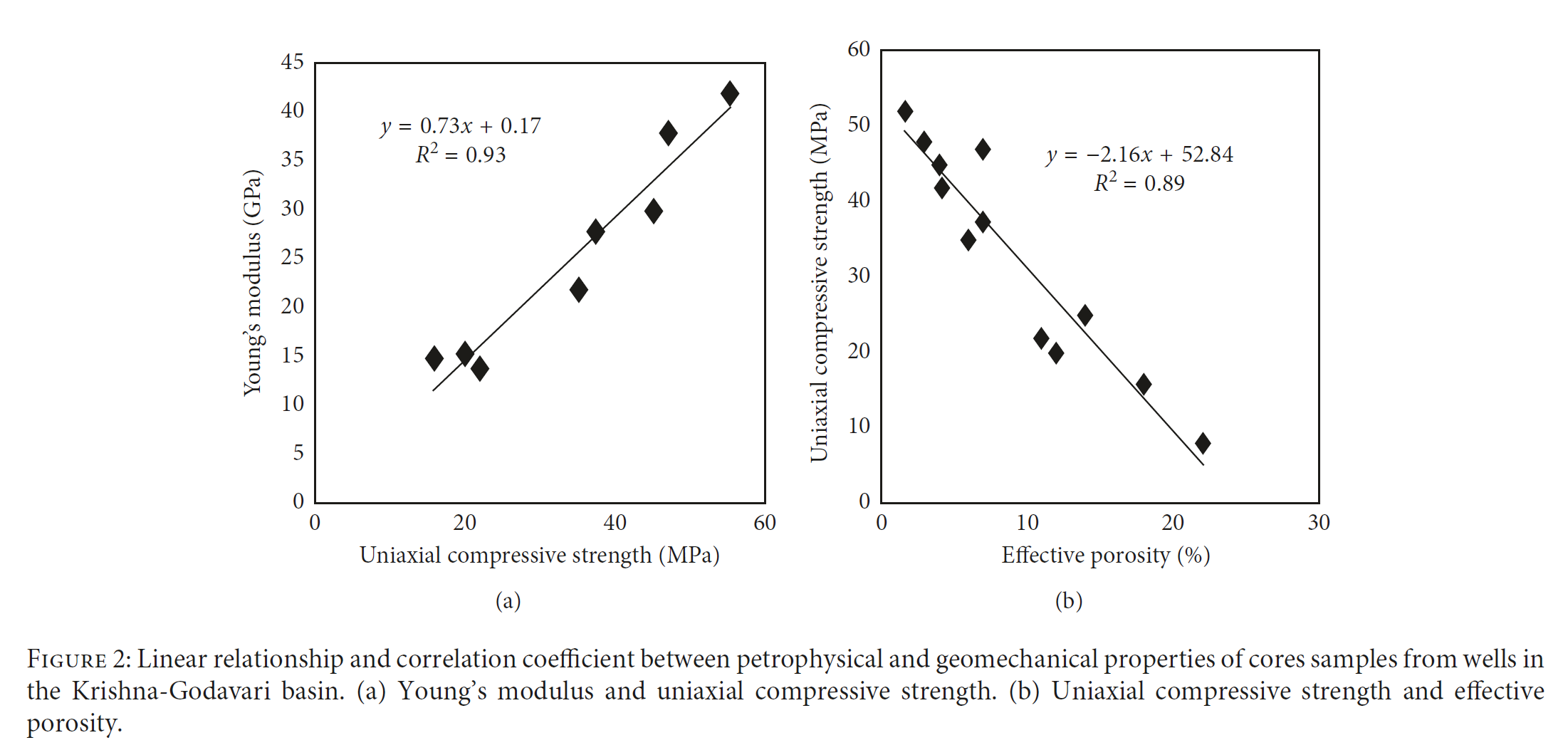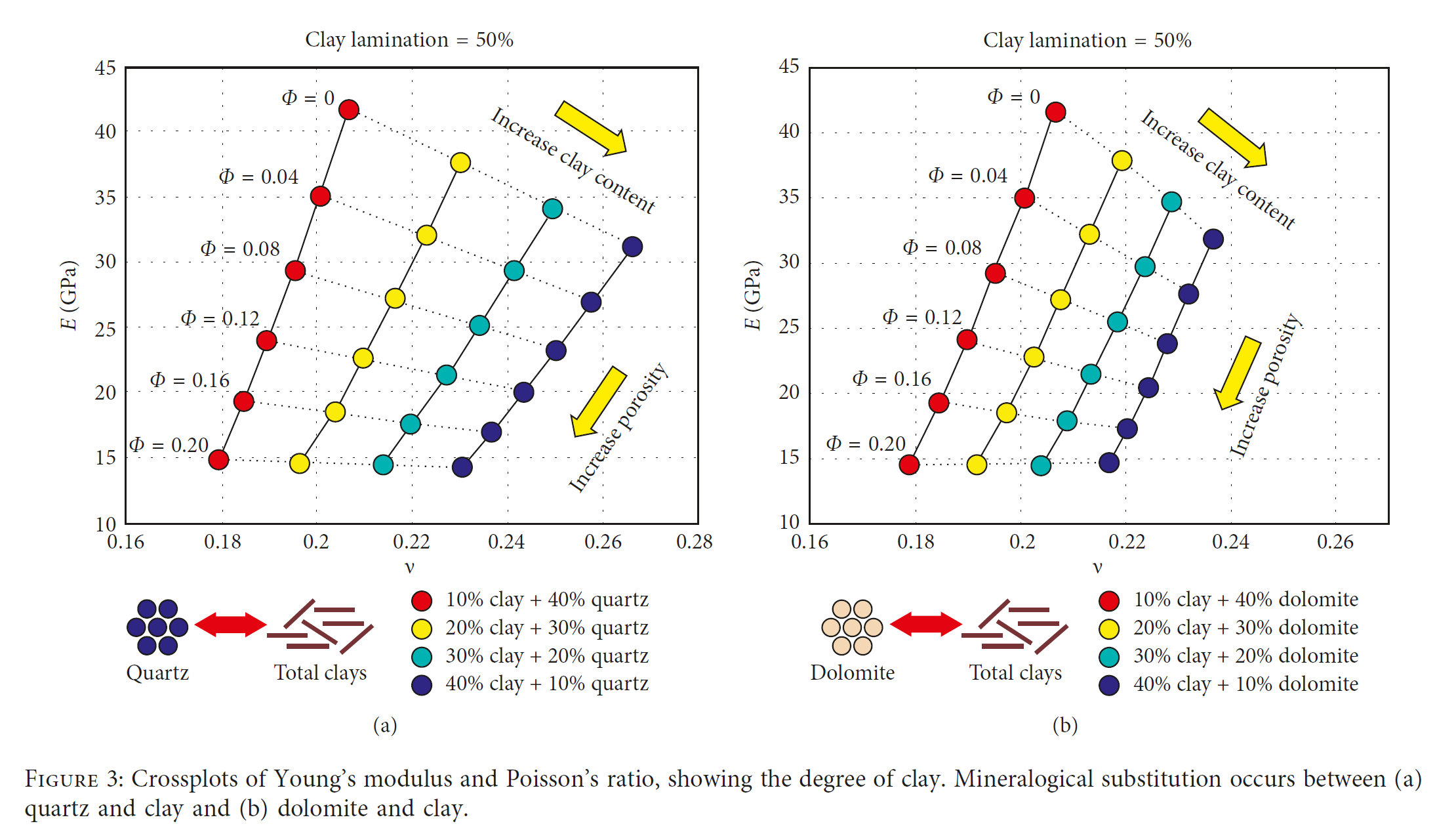Coupled Geomechanical-Flow Assessment of CO2 Leakage through Heterogeneous Caprock during CCS
Abstract
The viability of carbon capture sequestration (CCS) is dependent on the secure storage of CO2 in subsurface geologic formations. Geomechanical failure of caprock is one of the main reasons of CO2 leakage from the storage formations. Through comprehensive assessment on the petrophysical and geomechanical heterogeneities of caprock, it is possible to predict the risk of unexpected caprock failure. To describe the fracture reactivation, the modified Barton–Bandis model is applied. In order to generate hydro-geomechanically heterogeneous fields, the negative correlation between porosity and Young’s modulus/Poisson’s ratio is applied. In comparison with the homogeneous model, effects of heterogeneity are examined in terms of vertical deformation and the amount of leaked CO2. To compare the effects of heterogeneity, heterogeneous models for both geomechanical and petrophysical properties in coupled simulation are designed. After 10-year injection with petrophysically heterogeneous and geomechanically homogeneous caprock, CO2 leakage is larger than that of the homogeneous model. In contrast, heterogeneity of geomechanical properties is shown to mitigate additional escape of CO2. Vertical displacement of every heterogeneous model is larger than homogeneous model. The model with compressive tectonic stress shows much more stable trapping with heterogeneous caprock, but there is possibility of rapid leakage after homogeneous caprock failure.
韩国汉阳大学地球资源与环境工程系




